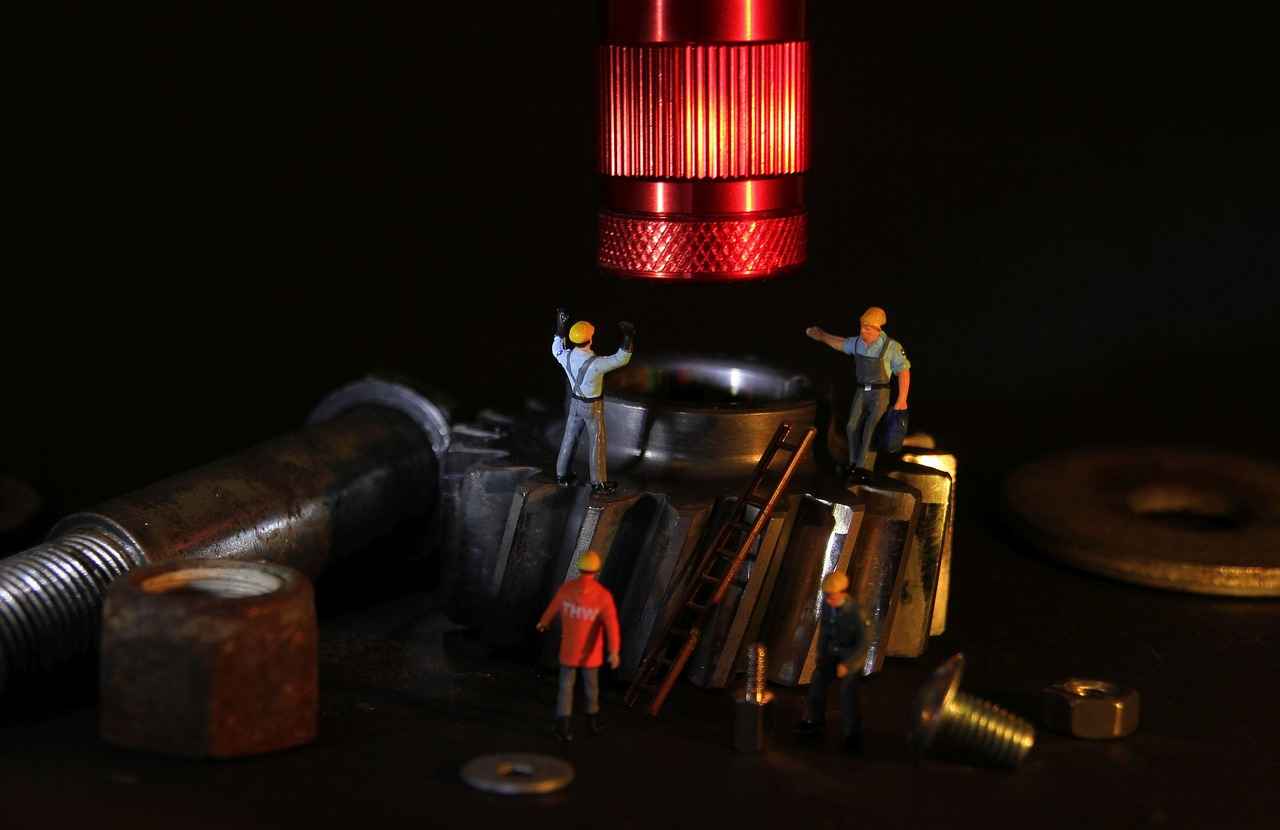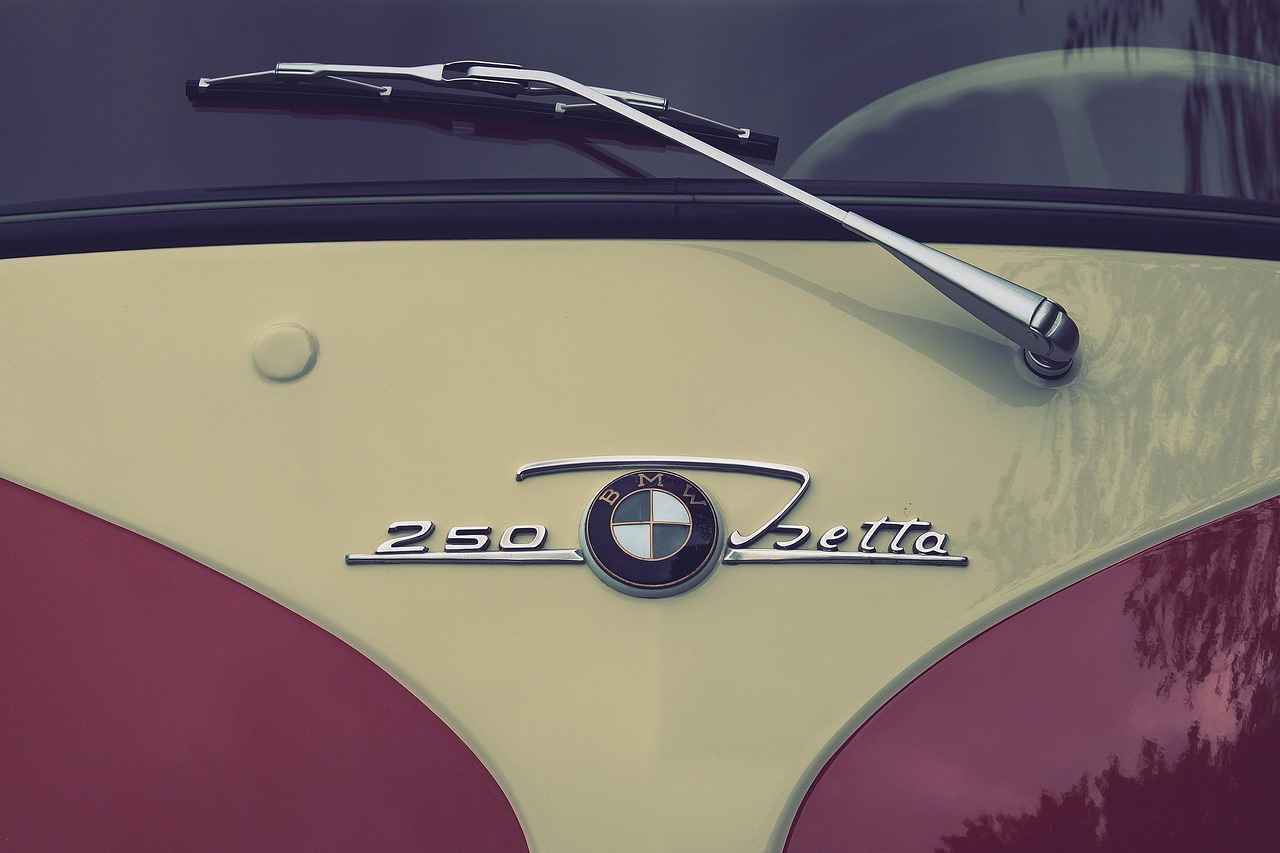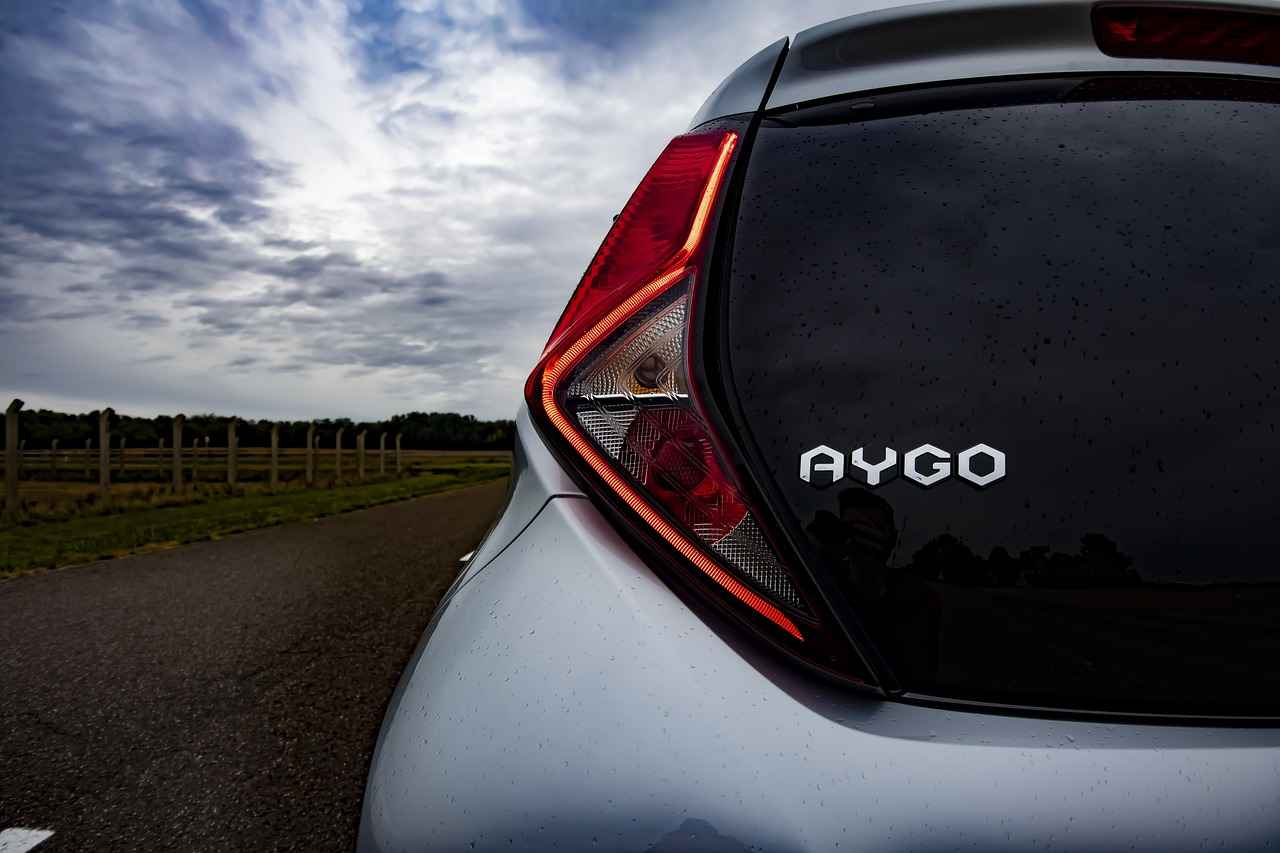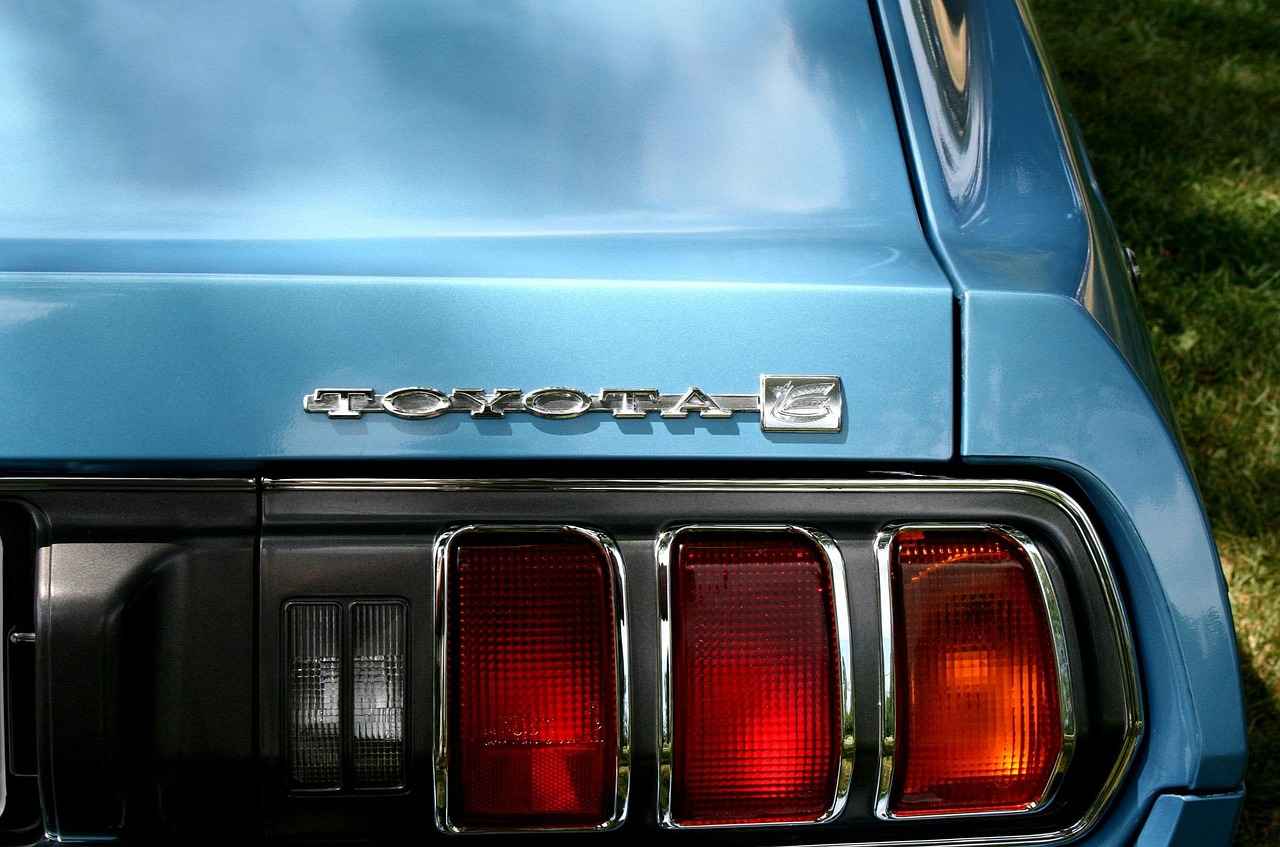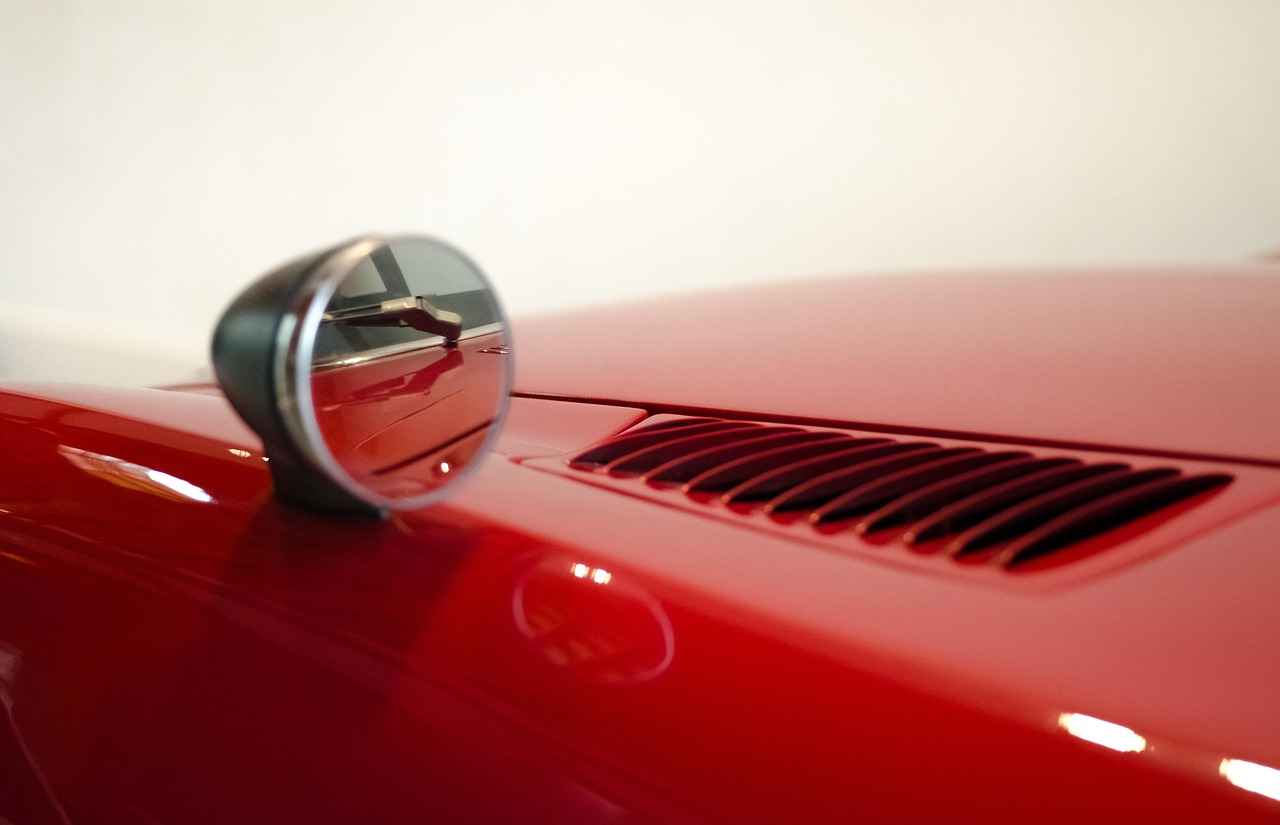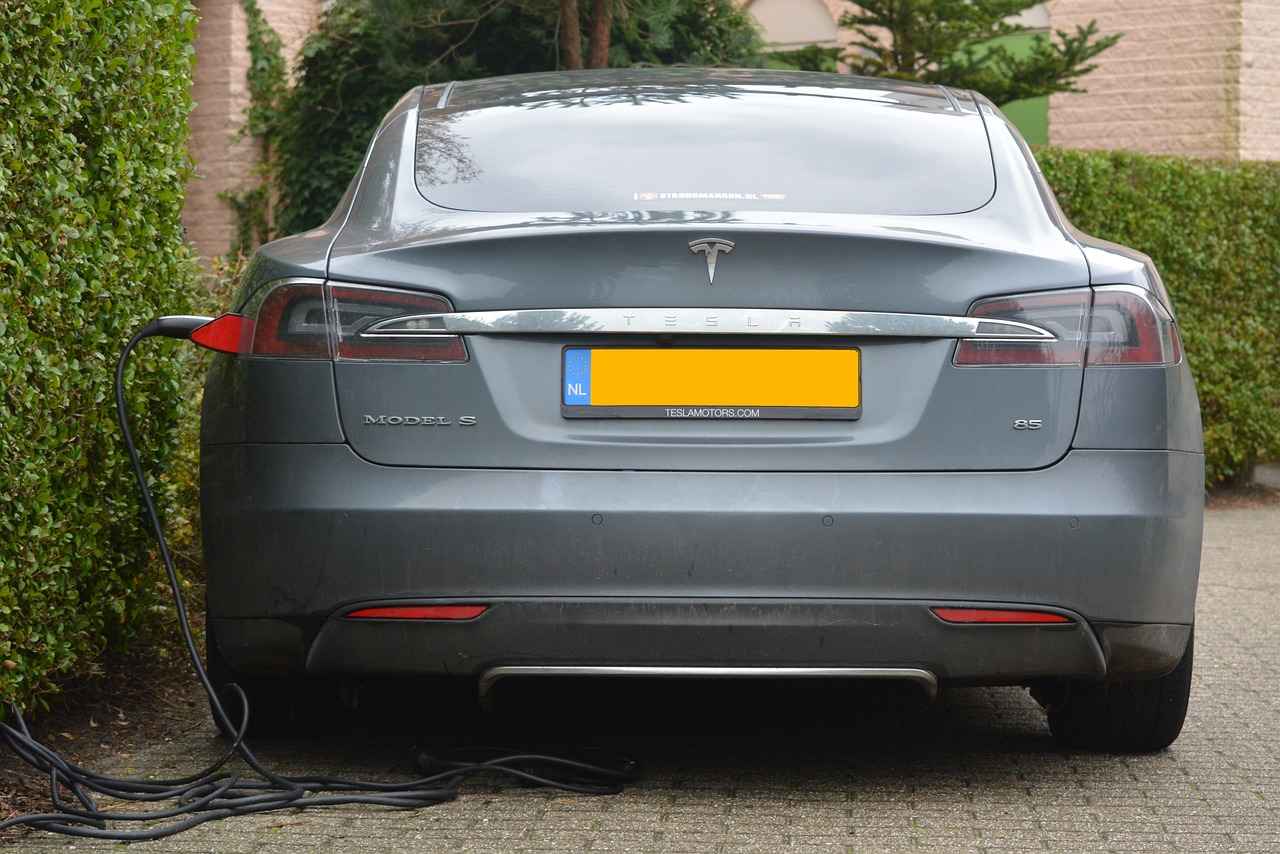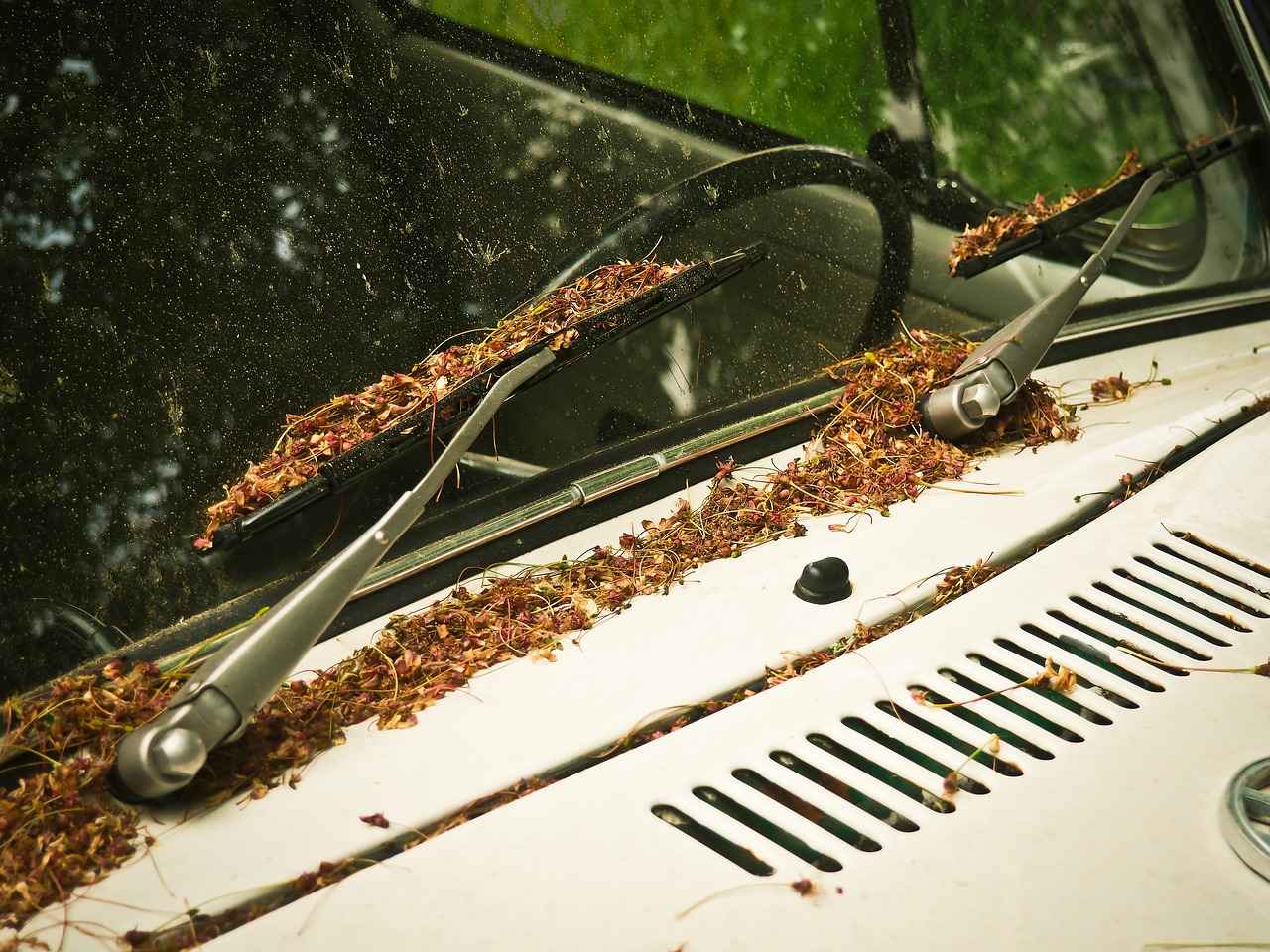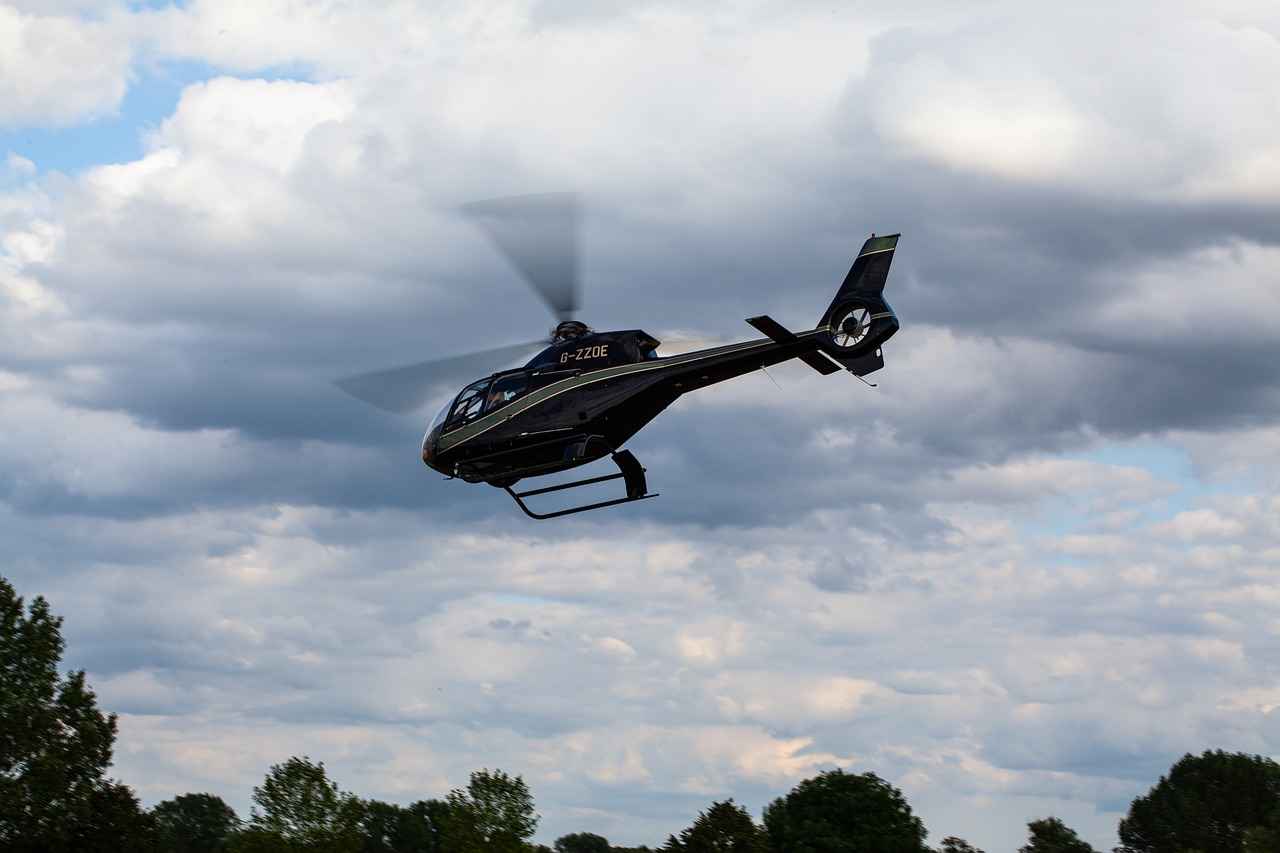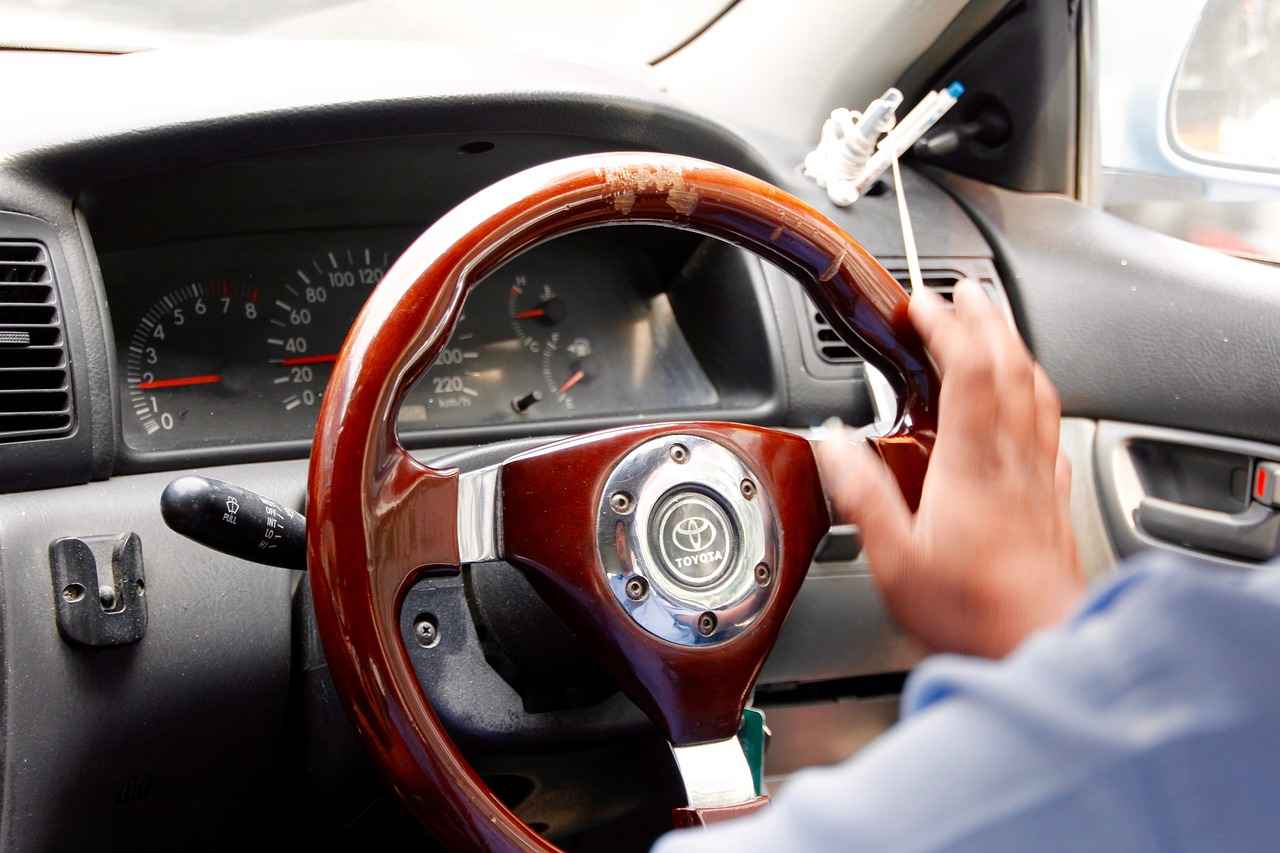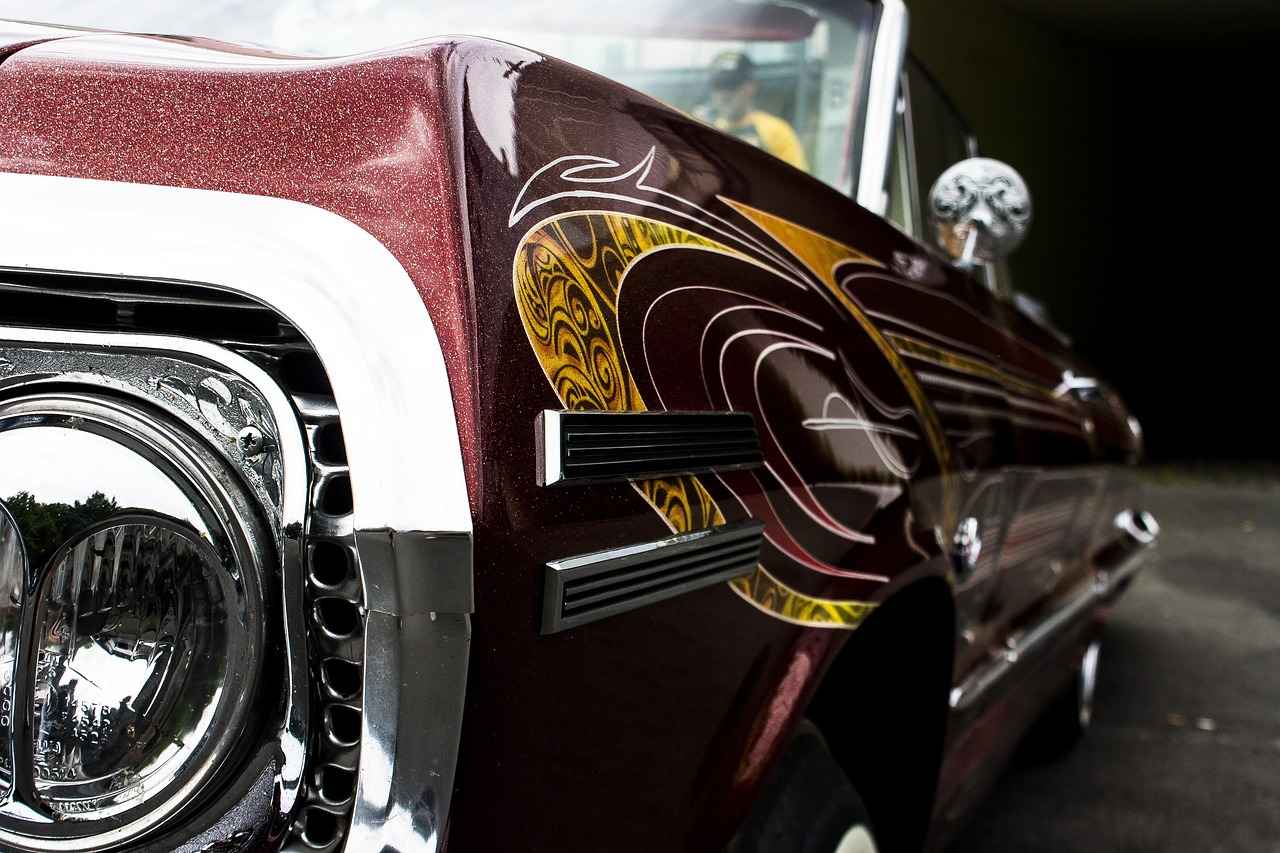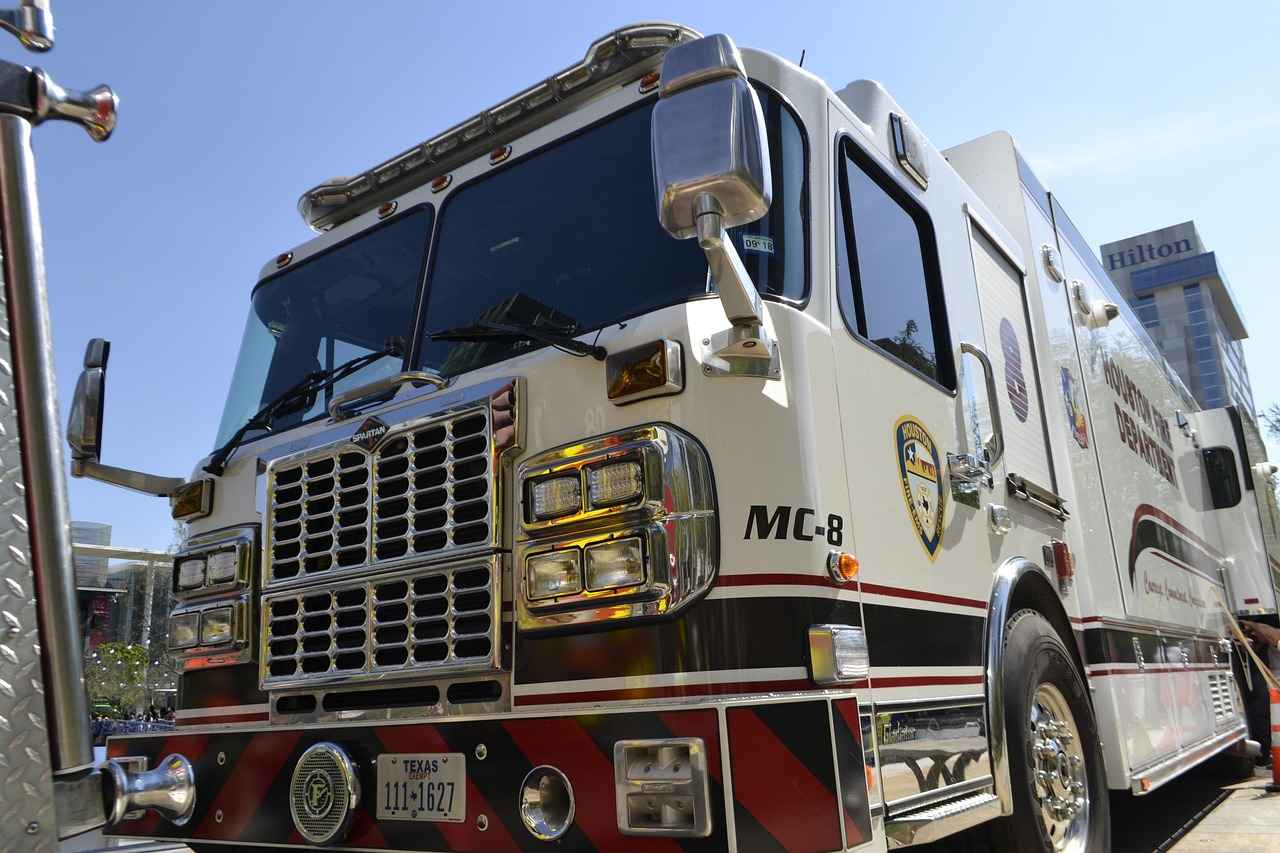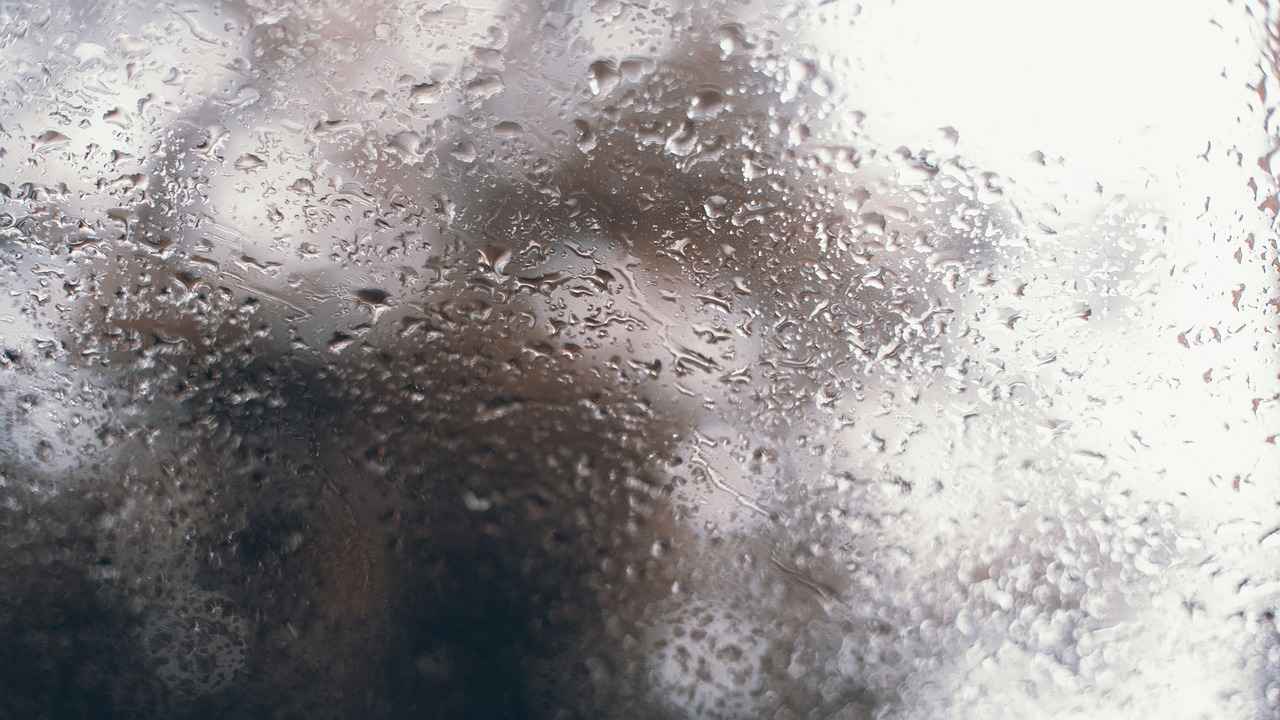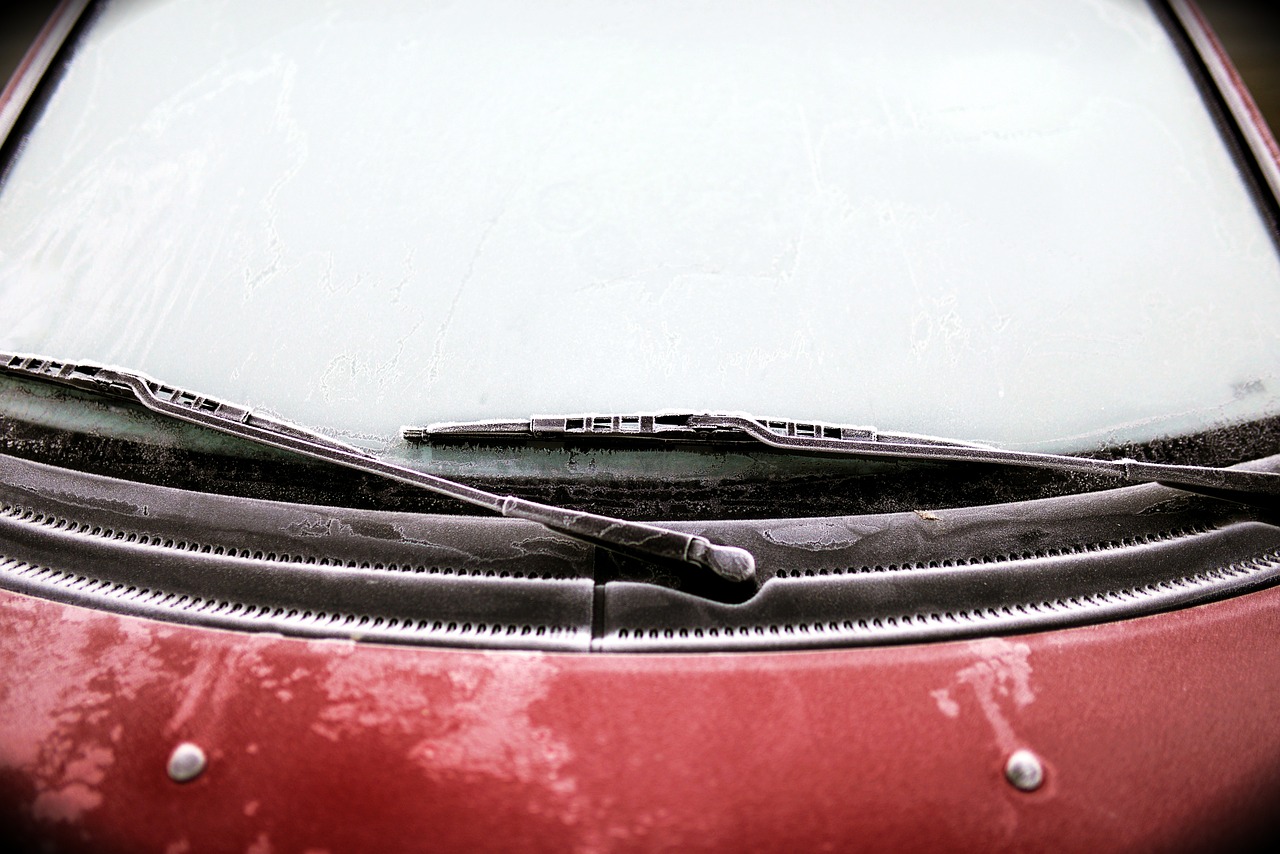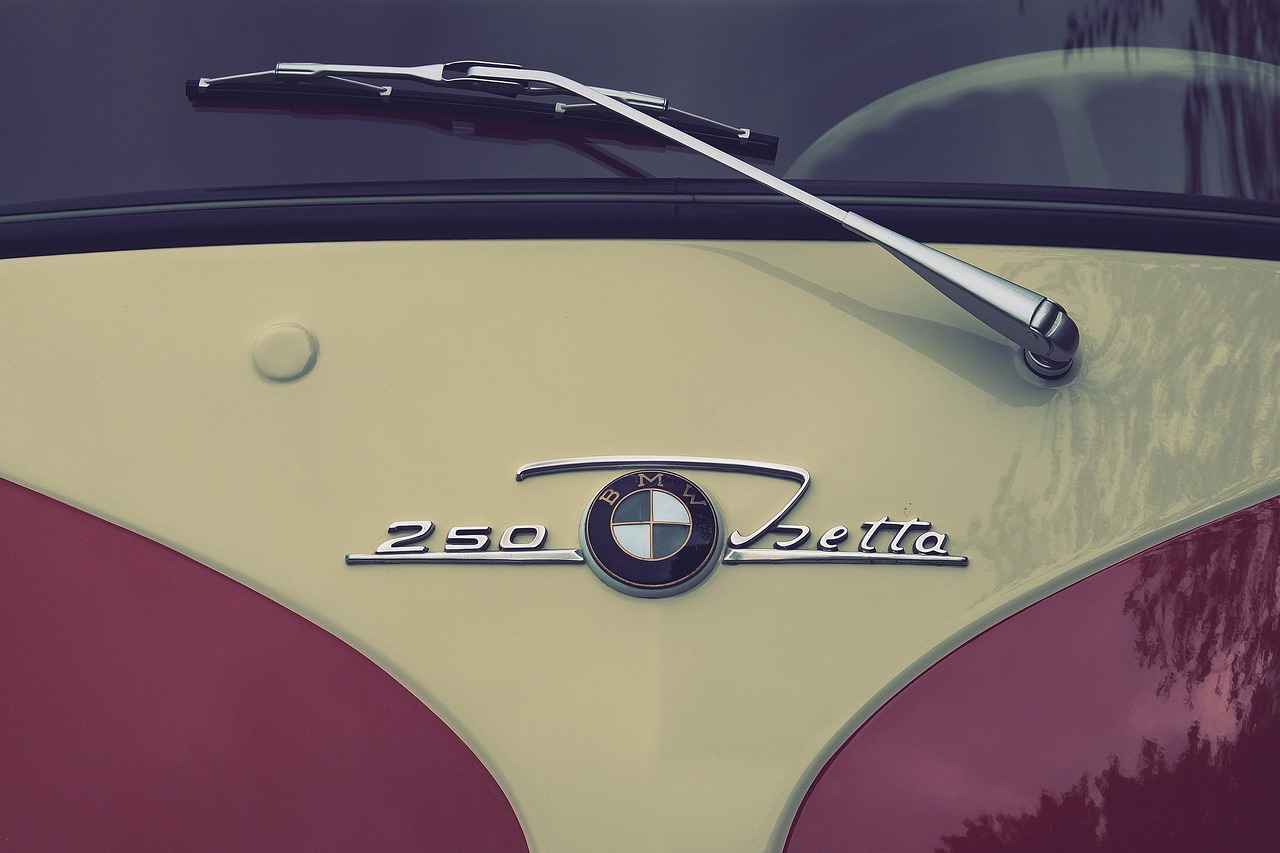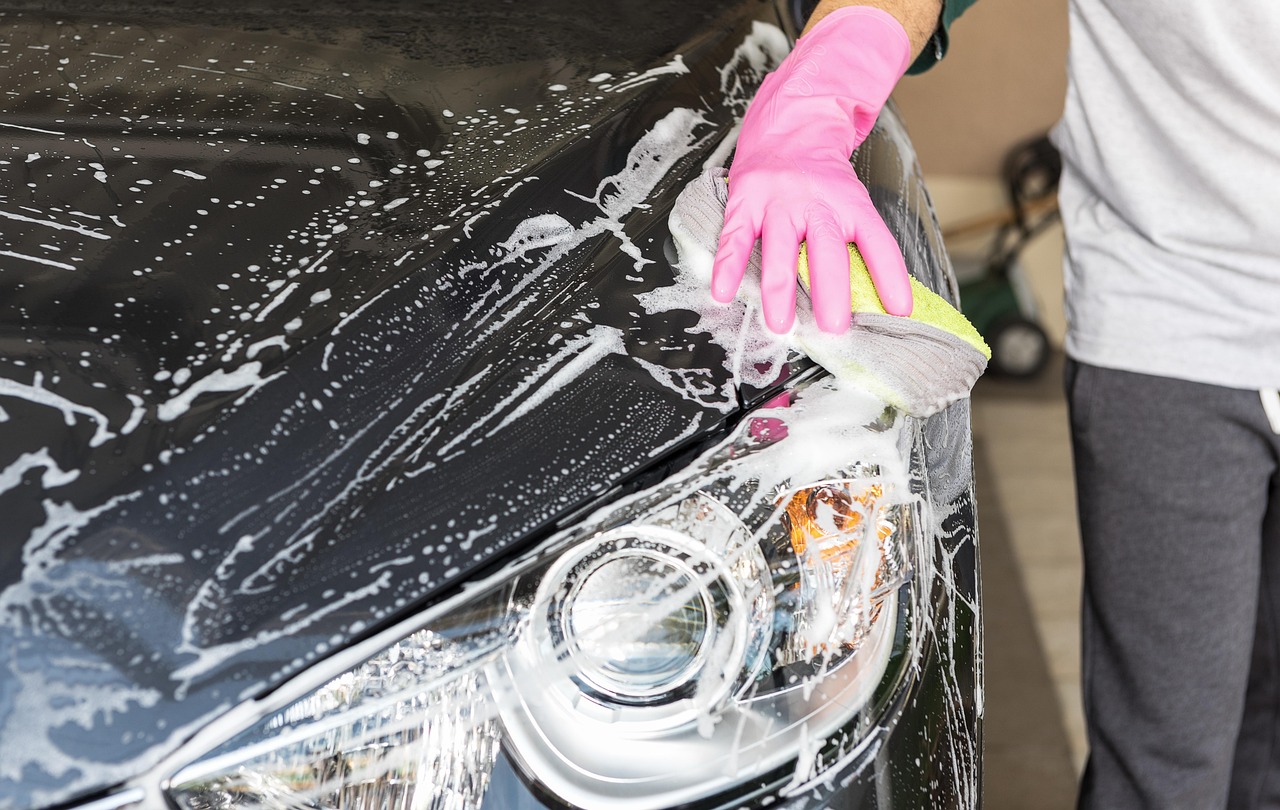This article delves into the essential techniques for using windshield wipers effectively, ensuring optimal visibility during various weather conditions for safer driving experiences. Understanding how to operate and maintain your windshield wipers is crucial for enhancing your driving safety.
What Are the Different Types of Windshield Wipers?
Windshield wipers come in various types, each designed to meet specific needs:
- Conventional Wipers: The most common type, featuring a metal frame and rubber blade.
- Beam Wipers: These have a sleeker design with no external frame, providing better contact with the windshield.
- Hybrid Wipers: A combination of conventional and beam wipers, offering the benefits of both designs.
Choosing the right type can significantly enhance visibility and performance during rain or snow.
How Do You Maintain Windshield Wipers for Optimal Performance?
Regular maintenance is vital for ensuring that your windshield wipers function properly. Here are some tips:
- Clean the Blades: Wipe the rubber blades with a soft cloth and windshield cleaner to remove dirt and debris.
- Inspect for Damage: Regularly check for cracks or tears in the rubber, which can impair performance.
- Replace Wipers as Needed: If they show signs of wear, it’s time for a replacement.
What Signs Indicate Worn-Out Wipers?
Recognizing the signs of worn-out windshield wipers can help prevent dangerous visibility issues. Common indicators include:
- Streaking: If wipers leave streaks on the glass, they may need replacement.
- Skipping: Wipers that skip across the windshield indicate wear.
- Noisy Operation: Unusual noises can signal that the wipers are not functioning correctly.
How Often Should You Replace Your Wipers?
Most experts recommend replacing windshield wipers every six to twelve months, depending on usage and environmental factors, to maintain optimal visibility and safety. Regular replacement ensures that your wipers can effectively clear rain, snow, and debris.
What Cleaning Techniques Can Extend Wiper Life?
To extend the life of your windshield wipers, consider these cleaning techniques:
- Use Mild Cleaners: Avoid harsh chemicals that can damage the rubber.
- Regularly Clean the Windshield: A clean windshield reduces the strain on wipers.
How Can You Adjust Wiper Settings for Different Conditions?
Adjusting windshield wiper settings according to weather conditions is essential for maintaining visibility. Here’s how:
- Intermittent Setting: Use this during light rain to conserve wiper energy.
- Low Speed: Ideal for steady rain.
- High Speed: Best for heavy downpours.
What Are Common Mistakes When Using Windshield Wipers?
Avoiding common mistakes can improve the effectiveness and lifespan of your windshield wipers:
- Using Wipers on a Dry Windshield: This can cause damage to both the wipers and the glass.
- Relying Solely on Wipers for Visibility: Always check and use defrosters and washers for clear visibility.
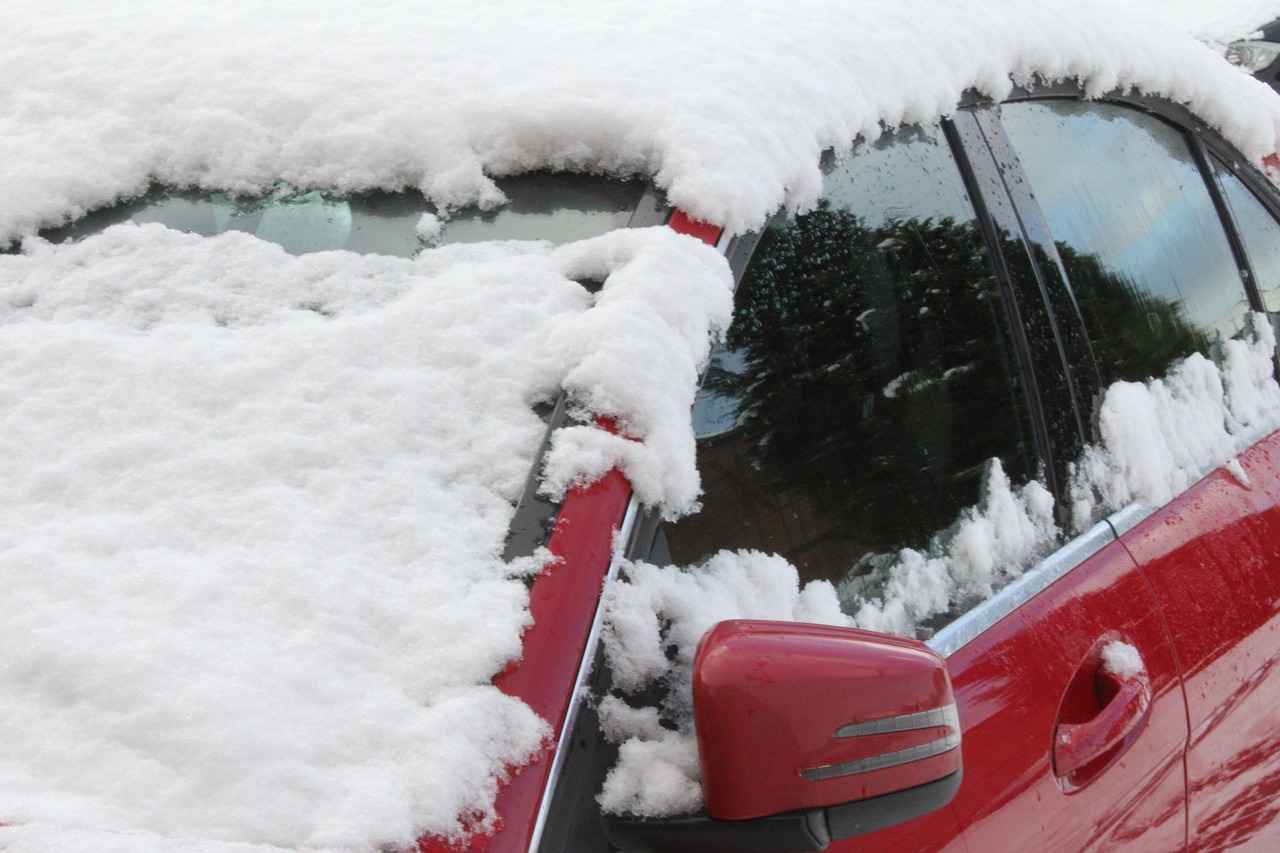
What Are the Different Types of Windshield Wipers?
Understanding the different types of windshield wipers is essential for vehicle owners looking to enhance their driving experience. Selecting the right windshield wiper can significantly improve visibility and performance, especially during adverse weather conditions. This article will delve into the various types of windshield wipers available, their unique features, and how they cater to specific needs.
Windshield wipers come in several types, each designed to address different weather conditions and vehicle specifications. Here are the main categories:
- Conventional Wipers: These are the traditional wipers that consist of a rubber blade attached to a metal frame. While they are cost-effective, they may not perform well in extreme weather conditions.
- Beam Wipers: Featuring a sleek, aerodynamic design, beam wipers are made of a single piece of rubber without a frame. This design allows for better contact with the windshield, reducing streaking and improving visibility during heavy rain.
- Hybrid Wipers: Combining features from both conventional and beam wipers, hybrid wipers offer the flexibility of a beam design with the structural support of a frame. They are ideal for drivers who want the best of both worlds.
- Winter Wipers: Specifically designed for harsh winter conditions, these wipers often feature a protective cover that prevents snow and ice buildup, ensuring optimal performance even in freezing temperatures.
- Specialty Wipers: Some vehicles may require specialty wipers tailored for specific functions, such as curved windshields or those with unique mounting systems. Always consult your vehicle’s manual for the appropriate type.
Choosing the right windshield wiper is not just about brand preference; it’s about understanding how each type can enhance visibility and performance in various weather conditions. For example, beam wipers excel in heavy rainfall, while winter wipers are crucial for snowy climates.
When selecting windshield wipers, consider factors such as your typical driving environment, the frequency of wiper use, and the specific requirements of your vehicle. Additionally, always check the manufacturer’s recommendations for compatibility and performance.
In conclusion, understanding the various types of windshield wipers is crucial for making an informed decision. By selecting the right wipers, you can enhance visibility and ensure safer driving experiences in any weather condition.
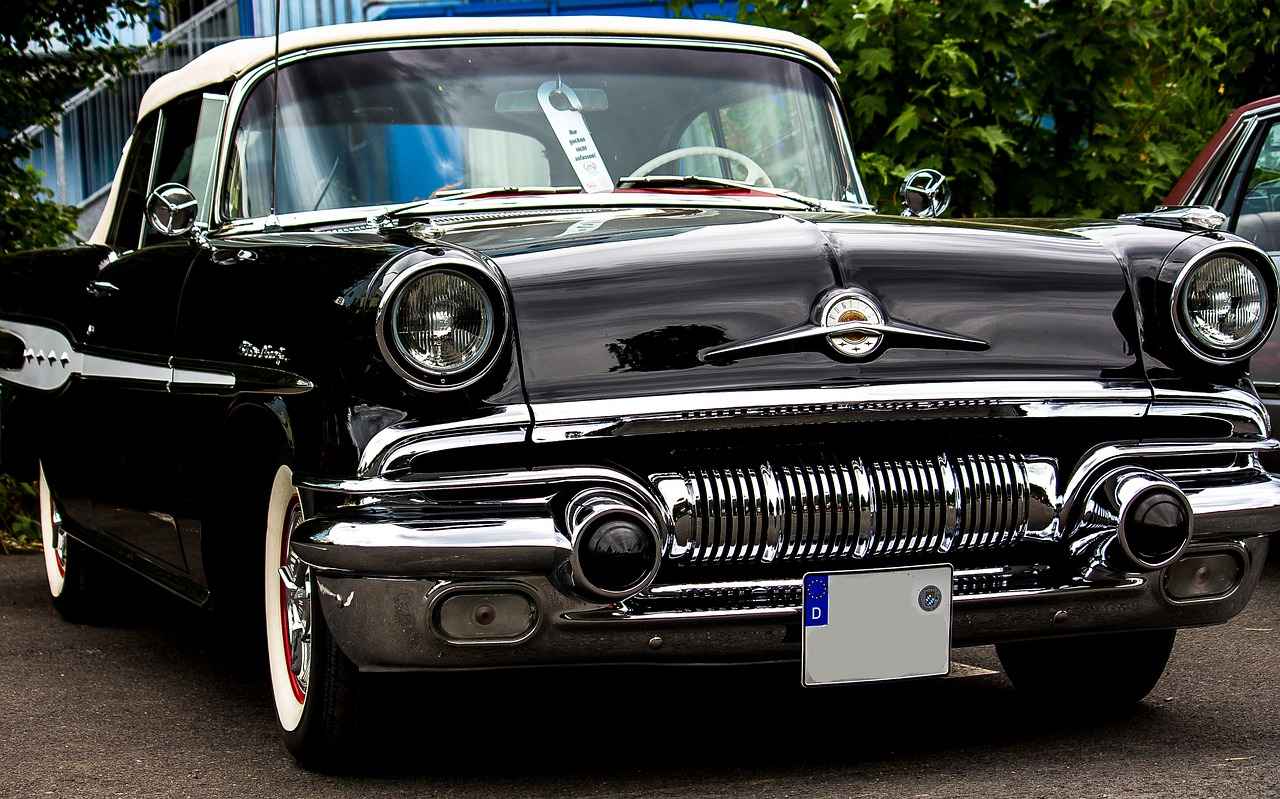
How Do You Maintain Windshield Wipers for Optimal Performance?
Maintaining your windshield wipers is not just a matter of convenience; it is a critical aspect of vehicle safety. Regular maintenance ensures that your wipers perform effectively, providing you with clear visibility during inclement weather. This article delves into the essential practices for maintaining windshield wipers to enhance their performance and longevity.
Windshield wipers are your first line of defense against rain, snow, and debris. Neglecting their maintenance can lead to poor visibility, which increases the risk of accidents. Additionally, worn-out wipers can cause scratches on the windshield, leading to costly repairs. Regular checks and maintenance can prevent these issues and ensure a safer driving experience.
- Inspect Regularly: Check your wipers every month for signs of wear and tear, such as cracks or fraying.
- Clean the Blades: Use a soft cloth and a mild detergent to clean the rubber blades. This removes dirt and debris that can hinder performance.
- Check the Windshield: Ensure your windshield is clean and free from obstructions. A dirty windshield can also affect wiper performance.
- Replace When Necessary: Most experts recommend replacing windshield wipers every six to twelve months, depending on usage and environmental conditions.
Being able to recognize the signs of worn-out wipers is crucial for timely maintenance. Look for:
- Streaking: If your wipers leave streaks on the windshield, it may be time for a replacement.
- Skipping: Wipers that skip across the glass instead of making full contact are no longer effective.
- Noisy Operation: Unusual sounds during operation can indicate that the rubber is damaged or that the wipers are misaligned.
In addition to regular inspections and cleaning, there are other strategies to prolong the life of your windshield wipers:
- Use the Right Wipers: Ensure that the wipers are compatible with your vehicle model for optimal performance.
- Avoid Using Wipers on a Dry Windshield: This can cause unnecessary wear and damage to both the wipers and the glass.
- Use Wiper Fluid: Regularly topping up your windshield washer fluid can help keep your windshield clean and reduce the strain on your wipers.
Extreme weather conditions can significantly impact the effectiveness of your windshield wipers. For instance, heavy rain requires wipers to work harder, while ice and snow can cause the rubber to freeze, leading to potential damage. It’s essential to adjust your wiper settings according to the weather and ensure they are in good condition to handle such challenges.
What Signs Indicate Worn-Out Wipers?
Maintaining clear visibility while driving is essential for safety, and one often overlooked aspect of this is the condition of your windshield wipers. Recognizing the signs of worn-out windshield wipers can help you address visibility issues before they escalate into dangerous driving conditions. Here are some common indicators that your wipers may need replacement:
- Streaking: If you notice streaks or smears on your windshield after using the wipers, it is a clear sign that the rubber blades have worn down and are no longer making proper contact with the glass. This can significantly reduce visibility, especially in heavy rain.
- Skipping: Wipers that skip or fail to make a smooth pass across the windshield can be frustrating and dangerous. This issue often occurs when the wiper blades are damaged or have lost their flexibility, causing them to miss sections of the windshield.
- Unusual Noises: If your wipers make squeaking or grinding noises during operation, it may indicate that the rubber has hardened or cracked. This not only affects their performance but can also lead to potential damage to the windshield.
- Cracks or Tears: A visual inspection of the wiper blades is crucial. If you see any cracks, tears, or chunks missing from the rubber, it’s time for a replacement. Damaged blades cannot effectively clear water or debris, compromising your visibility.
- Water Beading: If water beads up on your windshield instead of being wiped away, it suggests that the wiper blades are not functioning effectively. This can lead to hazardous driving conditions as visibility decreases.
It is important to regularly inspect your windshield wipers, especially before the rainy season or winter months. Most experts recommend checking your wipers every six months and replacing them as needed to ensure optimal performance. By being proactive, you can avoid dangerous situations caused by poor visibility.
In addition to recognizing these signs, proper maintenance of your windshield wipers can significantly extend their lifespan. Regularly cleaning the blades and the windshield can help prevent dirt and grime buildup, ensuring that the wipers function effectively. Furthermore, using your wipers appropriately—avoiding their use on a dry windshield—can prevent unnecessary wear and tear.
In summary, being aware of the signs of worn-out windshield wipers is crucial for safe driving. By keeping an eye out for streaking, skipping, unusual noises, and physical damage, you can ensure that your wipers are always in top condition. This vigilance not only enhances your visibility but also contributes to overall road safety.
How Often Should You Replace Your Wipers?
When it comes to ensuring optimal visibility while driving, the condition of your windshield wipers plays a crucial role. Many drivers often overlook this essential aspect of vehicle maintenance, but understanding how frequently to replace your windshield wipers can significantly enhance your safety on the road. Most experts recommend replacing windshield wipers every six to twelve months, depending on usage and environmental factors. However, several factors can influence this timeframe, and being aware of them can help you make informed decisions.
Windshield wipers are designed to clear rain, snow, and debris from your windshield. Over time, the rubber blades can wear out, leading to reduced effectiveness. If you notice streaks, skipping, or unusual noises, it may be time for a replacement. These signs indicate that your wipers are no longer providing the clear visibility you need, especially in adverse weather conditions.
- Climate: Extreme temperatures, whether hot or cold, can accelerate the wear and tear of wiper blades.
- Usage: Frequent use, especially during heavy rain or snow, will shorten the lifespan of your wipers.
- Quality of Wipers: Higher quality blades may last longer than cheaper alternatives, making them a worthwhile investment.
While the general recommendation is to replace your wipers every six to twelve months, it’s essential to monitor their condition regularly. Here are some key indicators to watch for:
- Streaking: If your wipers leave streaks on the glass, they are not making proper contact.
- Skipping: If the wipers skip across the windshield instead of moving smoothly, the blades may be worn.
- Noise: Squeaking or grinding sounds during operation can indicate that the wipers are damaged.
To extend the life of your windshield wipers, consider implementing these maintenance tips:
- Regular Cleaning: Clean the wiper blades and windshield regularly to remove dirt and debris.
- Use the Right Setting: Adjust the wiper speed according to the weather conditions to minimize wear.
- Protect from Sunlight: Whenever possible, park in shaded areas to prevent the rubber from deteriorating due to UV exposure.
Yes, with proper care, you can extend the lifespan of your windshield wipers. Regular cleaning, as mentioned earlier, can significantly improve their performance. Additionally, using wipers designed for your specific climate can enhance their effectiveness.
In summary, while the general guideline suggests replacing windshield wipers every six to twelve months, it’s vital to consider your driving habits and environmental conditions. By paying attention to the signs of wear and implementing regular maintenance, you can ensure that your windshield wipers remain effective, providing you with the clear visibility necessary for safe driving.
What Cleaning Techniques Can Extend Wiper Life?
Maintaining your windshield wipers is crucial for ensuring clear visibility while driving, especially during adverse weather conditions. One of the most effective ways to achieve this is through regular cleaning of both the windshield and the wipers themselves. This simple practice can significantly extend the lifespan of your wipers and enhance their performance.
Windshield wipers play a vital role in maintaining visibility by clearing away rain, snow, and debris. However, over time, dirt and grime can accumulate on the rubber blades and the windshield surface. This buildup can lead to ineffective wiping, resulting in streaks and smudges that impair your vision. By regularly cleaning your wipers, you can ensure they function optimally, providing a clear view of the road.
To clean your windshield wipers effectively, follow these steps:
- Gather Your Supplies: You will need a soft cloth, warm water, and a mild detergent or vinegar solution.
- Lift the Wipers: Gently lift the wiper arms away from the windshield to access the blades.
- Wipe the Blades: Dampen the cloth with the cleaning solution and wipe down the rubber blades thoroughly, removing any dirt or debris.
- Clean the Windshield: Use the same solution to clean the windshield, ensuring that it is free from any obstructions that could hinder visibility.
- Dry the Blades: Finally, use a dry cloth to wipe the blades to prevent any water spots from forming.
In addition to regular cleaning, consider the following maintenance tips to further extend the life of your windshield wipers:
- Inspect for Damage: Regularly check the blades for any signs of wear, such as cracks or tears. Replace them if necessary.
- Use the Right Wiper Fluid: Ensure you are using a quality windshield washer fluid that helps break down grime and provides a streak-free finish.
- Avoid Using Wipers on a Dry Windshield: This can cause unnecessary wear on the blades. Always ensure there is sufficient fluid on the glass before using the wipers.
As a general rule, it’s advisable to clean your windshield wipers at least once a month, or more frequently if you live in an area with heavy pollen, dust, or inclement weather. This routine maintenance can help ensure that your wipers remain effective and extend their lifespan significantly.
Regular maintenance of windshield wipers offers numerous benefits:
- Improved Visibility: Clean wipers ensure a clear view during rain or snow, enhancing safety.
- Cost-Effective: By extending the life of your wipers, you reduce the need for frequent replacements, saving money in the long run.
- Enhanced Performance: Well-maintained wipers perform better, providing a smoother and more effective wipe.
In conclusion, taking the time to regularly clean your windshield wipers and the windshield can significantly improve your driving experience. By ensuring that your wipers are in optimal condition, you enhance your safety on the road, making it a practice worth incorporating into your vehicle maintenance routine.
How Can You Adjust Wiper Settings for Different Conditions?
When it comes to driving, visibility is paramount, and one of the key tools for ensuring clear sightlines is your vehicle’s windshield wipers. Adjusting windshield wiper settings according to the prevailing weather conditions is not just a matter of convenience; it is essential for maintaining safety on the road.
Windshield wipers typically come with three main settings: intermittent, low-speed, and high-speed. Each setting serves a specific purpose, and knowing when to use each can significantly enhance your driving experience:
- Intermittent Wipers: This setting is perfect for light rain or mist. It allows you to conserve wiper motor life while still maintaining visibility.
- Low-Speed Wipers: Ideal for moderate rain, this setting provides a steady wipe to keep your windshield clear without overwhelming the wiper system.
- High-Speed Wipers: This setting is crucial during heavy downpours, where quick and efficient clearing of water is necessary to avoid impaired vision.
Using the correct wiper setting based on weather conditions can prevent accidents caused by poor visibility. For instance, using high-speed wipers in light rain may lead to unnecessary wear on the wipers, while using intermittent wipers in a heavy downpour can leave you struggling to see the road ahead. It’s essential to adapt your wiper settings to the current conditions for optimal safety.
Different weather scenarios demand different wiper settings. For example:
- Rain: In light rain, intermittent settings work well, but as the rain intensifies, switch to low or high speed.
- Snow: In snowy conditions, use low-speed settings to prevent ice buildup on the blades.
- Fog: While wipers are less effective in fog, adjusting them to intermittent can help clear moisture without causing streaks.
To maximize the effectiveness of your windshield wipers, consider these best practices:
- Use the Right Fluid: Ensure your windshield washer fluid is suitable for the season; antifreeze fluid in winter and a cleaning solution in summer can enhance visibility.
- Regular Maintenance: Check wiper blades regularly for wear and tear. Replace them if they show signs of damage, such as cracking or splitting.
- Clean the Windshield: Dirt and grime can hinder wiper performance. Regularly clean your windshield to ensure optimal visibility.
Many drivers make mistakes that can compromise visibility:
- Using Wipers on a Dry Windshield: This can scratch the glass and wear out the blades prematurely.
- Ignoring Weather Changes: Failing to adjust wiper settings as conditions change can lead to dangerous driving situations.
In summary, understanding how to adjust your windshield wiper settings according to different weather conditions is crucial for maintaining visibility and ensuring safety while driving. By using the appropriate settings and following best practices, you can significantly enhance your driving experience and protect your vehicle.
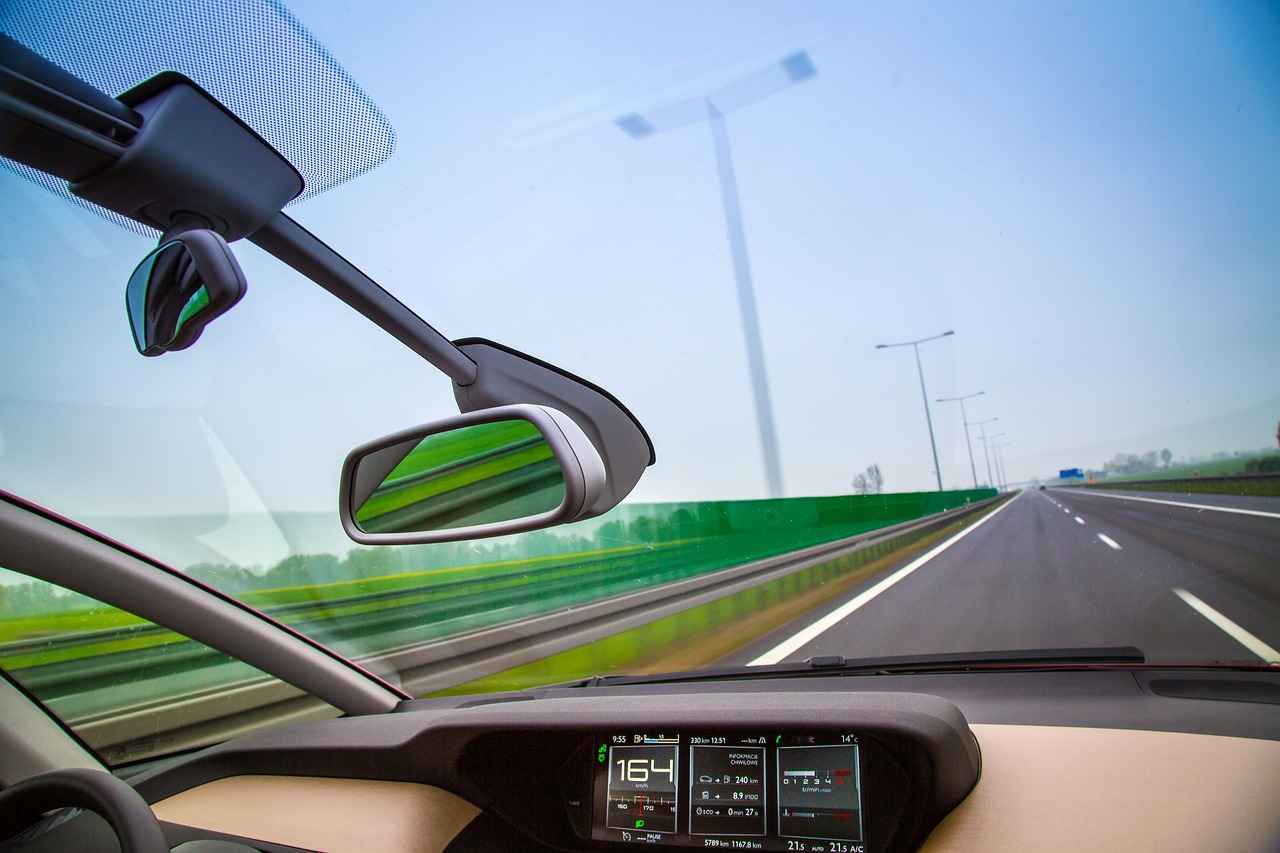
What Are Common Mistakes When Using Windshield Wipers?
When it comes to ensuring optimal visibility during adverse weather conditions, understanding the common mistakes associated with windshield wiper usage is crucial. Many drivers unknowingly engage in practices that can lead to reduced wiper effectiveness and even damage to their vehicles. By avoiding these mistakes, you can enhance both the performance and longevity of your windshield wipers.
- Using Wipers on a Dry Windshield: One of the most frequent mistakes is operating windshield wipers on a dry surface. This practice can lead to scratches on the glass and cause premature wear on the wiper blades. Always ensure that there is moisture on the windshield before activating the wipers.
- Neglecting Regular Maintenance: Many drivers overlook the importance of regular maintenance. Wiper blades should be inspected frequently for signs of wear, such as cracks or tears. Regular cleaning of both the blades and the windshield can also prevent dirt buildup, which can hinder visibility.
- Ignoring Weather Conditions: Adjusting wiper settings according to the weather is essential. Using high-speed settings during light rain can cause streaking and reduce the effectiveness of the wipers. Familiarize yourself with the different settings and use them appropriately to maintain clear visibility.
- Relying Solely on Wipers: While windshield wipers are vital for clearing rain and debris, they should not be your only tool for visibility. Regularly using your vehicle’s defroster and windshield washer fluid is equally important to ensure a clear view.
- Forgetting to Replace Worn Wipers: Many drivers fail to recognize when their wipers need replacement. If you notice streaking, skipping, or unusual noises, it’s time to invest in new blades. Experts recommend changing wipers every six to twelve months, depending on usage.
To maximize the lifespan and effectiveness of your windshield wipers, consider the following tips:
- Regular Cleaning: Clean your wiper blades and windshield routinely. This simple task can prevent dirt buildup and enhance the wipers’ ability to clear water.
- Use Quality Products: Invest in high-quality windshield wiper blades that are designed for your specific vehicle model. Quality blades are more durable and effective.
- Store Your Vehicle Properly: If possible, park your vehicle in a garage or shaded area to protect the wipers from extreme weather conditions, which can cause wear and tear.
If you notice any issues with your windshield wipers, such as inconsistent movement or failure to clear the windshield effectively, it’s important to address these problems immediately. Check the following:
- Fluid Levels: Ensure that your windshield washer fluid is topped up, as this is essential for optimal wiper performance.
- Wiper Mechanism: Inspect the wiper mechanism for any obstructions or mechanical failures that could impede operation.
- Consult a Professional: If the issues persist, it may be best to consult a professional mechanic to diagnose and fix any underlying problems.
By being aware of these common mistakes and taking proactive steps to maintain your windshield wipers, you can significantly improve your driving experience, especially during challenging weather conditions. Remember, clear visibility is not just a comfort; it’s a crucial aspect of road safety.
Is It Safe to Use Wipers on a Dry Windshield?
When it comes to ensuring clear visibility while driving, windshield wipers play a crucial role. However, many drivers may not realize that using wipers on a dry windshield can lead to significant damage. In this section, we will explore the implications of this practice and provide insights on how to maintain your windshield wipers effectively.
Using windshield wipers on a dry windshield can cause unnecessary wear and tear on both the wiper blades and the glass surface. The primary reason for this damage is the friction created between the rubber blades and the dry glass, which can lead to:
- Scratches on the Windshield: The rubber can drag dirt and debris across the glass, creating micro-scratches that can impair visibility.
- Worn-Out Wiper Blades: Operating wipers without lubrication can lead to premature degradation of the rubber, causing them to become less effective.
- Increased Noise: Wipers on dry surfaces often produce annoying squeaking sounds due to the lack of moisture, indicating that they are not functioning optimally.
Understanding the correct usage of windshield wipers is essential for maintaining safety on the road. When driving in adverse weather conditions, such as rain or snow, wipers are designed to enhance visibility. However, using them improperly can lead to:
- Reduced Visibility: Damaged wipers may not clear water effectively, leading to dangerous driving conditions.
- Increased Repair Costs: Frequent replacement of wiper blades and windshield repairs can add up, impacting your vehicle maintenance budget.
To avoid the risks associated with using wipers on a dry windshield, consider the following maintenance tips:
- Regular Inspections: Check your wipers regularly for signs of wear, such as cracks or tears in the rubber.
- Use Washer Fluid: Always ensure that your windshield is clean and use washer fluid to lubricate the glass before activating the wipers.
- Store Wipers Properly: If you park your vehicle in direct sunlight, consider using a windshield cover to protect the wipers from UV damage.
If you find yourself in a situation where you have used wipers on a dry windshield, it’s important to assess any potential damage. Here are some steps you can take:
- Inspect for Scratches: Look closely for any visible scratches on the glass that may have occurred.
- Test Wiper Functionality: Ensure that the wipers are still functioning correctly and not leaving streaks.
- Replace Wipers if Necessary: If the wipers show signs of wear, consider replacing them to ensure optimal performance.
By understanding the importance of using windshield wipers correctly, you can maintain both your vehicle’s safety and functionality. Being proactive about maintenance and avoiding common mistakes will lead to a safer driving experience.
Should You Rely Solely on Wipers for Visibility?
When it comes to driving in inclement weather, maintaining clear visibility is paramount for safety. While windshield wipers play a crucial role in ensuring that your view remains unobstructed, it is a common misconception to rely solely on them for visibility. This approach can lead to dangerous situations, especially in severe weather conditions.
Windshield wipers are designed to remove rain, snow, and debris from your windshield. However, they have limitations. For instance, during heavy rain, wipers may struggle to keep up, leading to reduced visibility. Additionally, if your windshield is fogged up or covered in ice, the wipers alone cannot address these issues. Using defrosters and washers is essential for maintaining a clear view.
Defrosters are critical in preventing fog build-up and ensuring that your windshield remains clear. When the temperature inside your vehicle is significantly different from the outside, condensation can form on the glass. By turning on your defroster, you can effectively eliminate this issue, allowing for better visibility. Regularly checking that your defroster is in working order is equally important as maintaining your wipers.
Windshield washers complement the function of wipers by providing a cleaning solution that can remove dirt and grime. This is especially important during the winter months when road salt and grime can accumulate on your windshield. Ensuring that your washer fluid reservoir is full and that the nozzles are unobstructed can significantly enhance your visibility.
For the best results, combine the use of your windshield wipers with defrosters and washers. When you encounter rain or snow, first activate your windshield washers to apply cleaning fluid. Follow this by engaging your wipers to clear away the moisture. If fog begins to form, turn on your defroster to maintain a clear view. This multi-faceted approach is essential for safe driving.
If your wipers are leaving streaks or not making proper contact with the windshield, it may be time for a replacement. Regularly inspect your wipers for wear and tear, and replace them as needed to ensure they function effectively in conjunction with your defrosters and washers.
- Regularly Check Fluid Levels: Ensure that your washer fluid is always full.
- Inspect Wipers: Look for signs of wear, such as cracks or fraying.
- Use Defrosters Wisely: Activate them before fog builds up.
- Keep Your Windshield Clean: Regularly clean your windshield to prevent buildup.
In summary, while windshield wipers are an essential tool for maintaining visibility, they should not be your sole reliance. Regularly using defrosters and washers, along with proper maintenance of your wipers, will provide the clearest view possible, enhancing safety on the road.
Frequently Asked Questions
- What are the different types of windshield wipers?
Windshield wipers come in various types, including traditional frame wipers, beam wipers, and hybrid wipers. Each type has its unique design and functionality, which can affect performance in different weather conditions. Choosing the right type can significantly enhance your visibility while driving.
- How often should I replace my windshield wipers?
Experts generally recommend replacing windshield wipers every six to twelve months. Factors like usage, climate, and exposure to sunlight can influence how often you need to change them. Keeping an eye on their performance can help ensure your visibility remains optimal.
- What signs indicate that my windshield wipers are worn out?
Look for signs like streaking, skipping, or unusual noises when using your wipers. If they fail to clear the windshield effectively, it’s time to consider a replacement. Addressing these issues promptly can prevent dangerous visibility problems while driving.
- Can I use windshield wipers on a dry windshield?
No, using wipers on a dry windshield can damage both the wipers and the glass. It’s best to avoid this practice to extend the lifespan of your wipers and maintain a clear view while driving.
- Should I rely solely on my wipers for visibility?
While windshield wipers are essential, they shouldn’t be your only line of defense for visibility. Regularly using defrosters and washers is equally important to ensure a clear view in various weather conditions.



